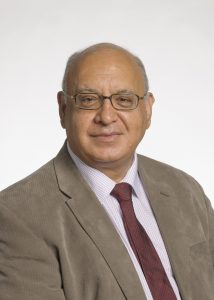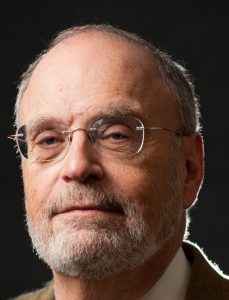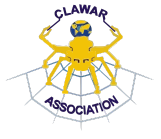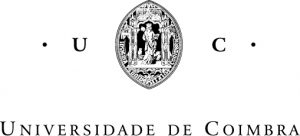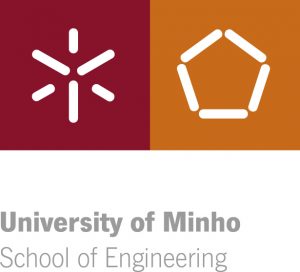20th International Conference on Climbing and Walking Robots
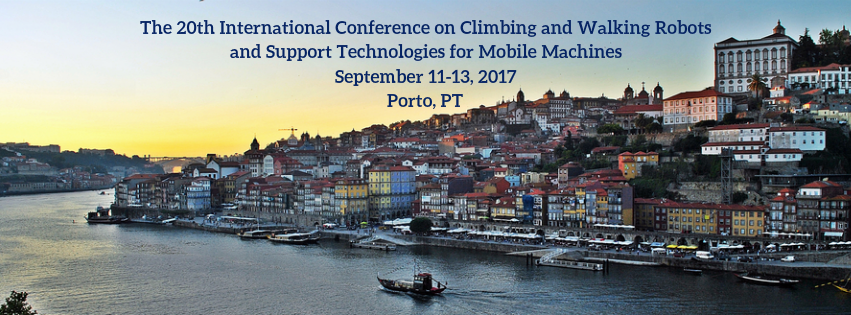
The 20th International Conference on Climbing and Walking Robots and Support Technologies for Mobile Machines (CLAWAR 2017), will be held at the premises of the School of Engineering of the Porto Polytechnic, Portugal, during 11 – 13 September 2017, continuing a series of successful events all over the world.
CLAWAR 2017 will feature technical and social programs. The technical program will comprise plenary, regular and special/invited sessions. All articles submitted for inclusion in the conference will be peer reviewed before acceptance. It is envisaged that all accepted papers will appear in the conference proceedings, to be published by World Scientific Publishing Company, as well as on CD/flash drive, subject to registration of at least one author for presenting the work. A selection of presented papers will also be recommended for possible publication in reputable international journals.

Prof. Luis Paulo Reis University of Minho Director of Artificial Intelligence and Computer Science Laboratory (LIACC)
In the future, humans and robots will have to work together in complex environments, to solve difficult problems and perform hard tasks, as a team. Thus, methodologies to enable robots to learn, interact and cooperate with their human counterparts are needed, in order to allow this joint work. This talk will be focused on methodologies developed for creating multi-robot and human-robot heterogeneous teams with an emphasis on the cooperation, interaction and learning methodologies developed on our projects: FC Portugal and HearBo. FC Portugal project developed methodologies for creating heterogeneous robotic soccer teams capable of following human/robot coach high-level advice using concepts such as strategy, tactics, formations and setplays. The project also developed methodologies for learning humanoid robot complex skills, using simulation, such as walking, kicking, getting up or passing/receiving a ball, although the methodologies developed may also be used for other types of skills and robots. The project enabled our research groups to win 4 World and 10 European robotic soccer championships of distinct leagues/competitions. At HearBo, together with Honda-RI Japan, we developed human-robot learning and interaction methodologies for humanoid robots that dance to the beat. The talk will be illustrated with videos from both projects.
Prof. Jaeheung Park Dynamic Robotic Systems Lab, Seoul National University, South Korea
When humanoid robots are operated in a human environment, multiple contacts with the environment or human are often required. In these situations, compliant motion control can be very effective in dealing with contact uncertainties. In this talk, our recent research on compliant whole-body motion control of humanoid robots will be presented. First, I would like to start with our experience of DARPA robotics challenge, where the importance of compliant motion control in multi-contact situations is motivated among many other important technologies. For example, during door and drill mission. After the competition, much effort has been made to realize compliant motion control of humanoids, using two different platforms: position-controlled robot and torque-controlled robot. I would like to present our recent results in implementing compliant motion using our humanoid robots. Future perspectives in these directions can be seen through experimental demonstrations. Finally, other exciting work in our research group will be presented in relation to humanoid technologies, such as an autonomous vehicle, robotic hand, rehabilitation device for back pain, and CPR robot.
Prof. Tariq Sattar TWI Chair and Director of the London South Bank Innovation Centre, London South Bank University, London, United Kingdom
Reliable Non-Destructive Testing (NDT) is vital to the integrity, performance management and sustainability of capital assets in safety critical industries such as oil and gas, aerospace, transportation, power generation and offshore and subsea operations. The talk will highlight opportunities to improve the NDT of industrial structures and decrease the cost of inspection by automating the NDT with mobile robots. The challenge is to develop robots that can provide access to test sites and perform reliable NDT on very large vertical structures or structures located in hazardous environments thereby eliminating the large expense of erecting scaffolding or lengthy preparation for rope and platform access before inspection can start. The presentation will show climbing and swimming robots developed to detect weld and corrosion defects on ship hulls, floating platforms, mooring chains, petrochemical storage tanks, pressure vessels, concrete structures, wind blades and aircraft wings and fuselage. These developments provide the possibility of saving costs by reducing outage times or (where possible) carrying out the NDT in-service thus preventing expensive outages.
Prof. Steven Dubowsky Departments of Mechanical Engineering and of Aeronautics and Astronautics, The Massachusetts Institute of Technology, Cambridge, MA
Modern robotic technology has been an active research area for close to 50 years. From the beginning, it offered great promise to benefit society. This presentation focuses how well robotics has fulfilled its promise to improve people’s quality of life. During these 50 years, robots have been applied and/or considered for a wide range of tasks. The results of this study suggest that robotics has yet to make the dramatic impact on the quality-of-life for many people that one would hope. However, there remains great potential for this to change in the near future given the recent rapid advances being made robotic technology researchers.
Email: clawar2017 AT clawar DOT org


